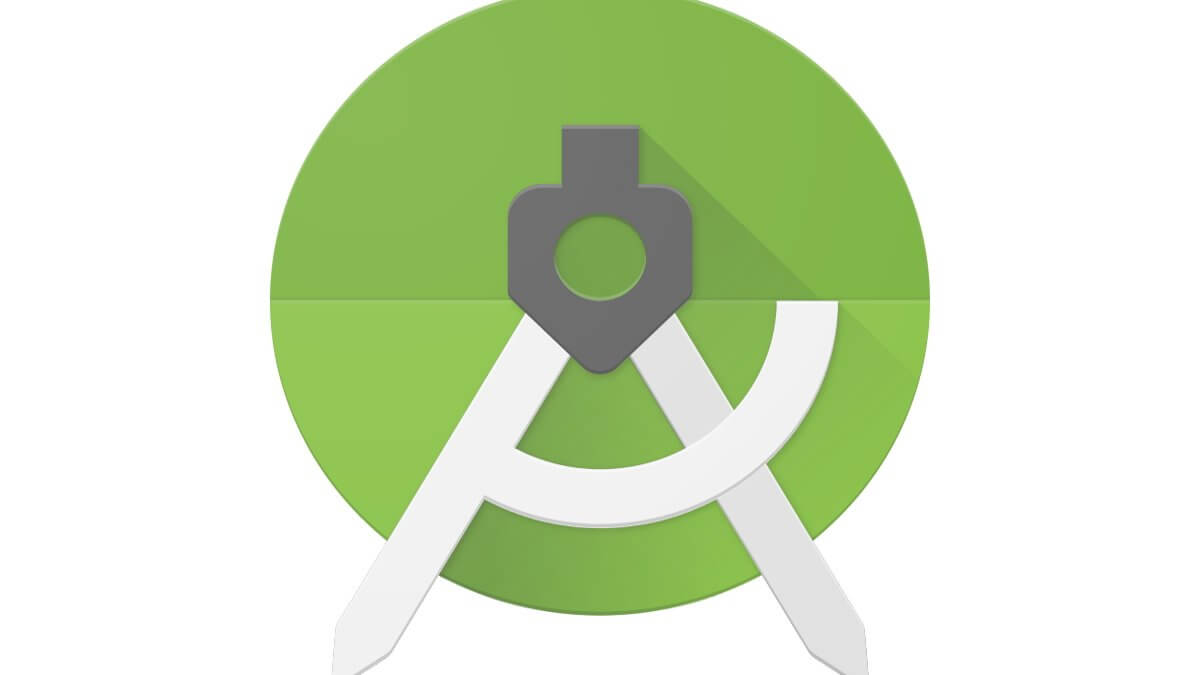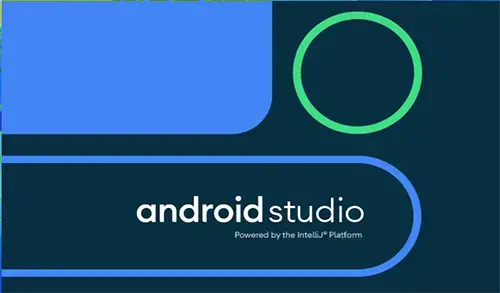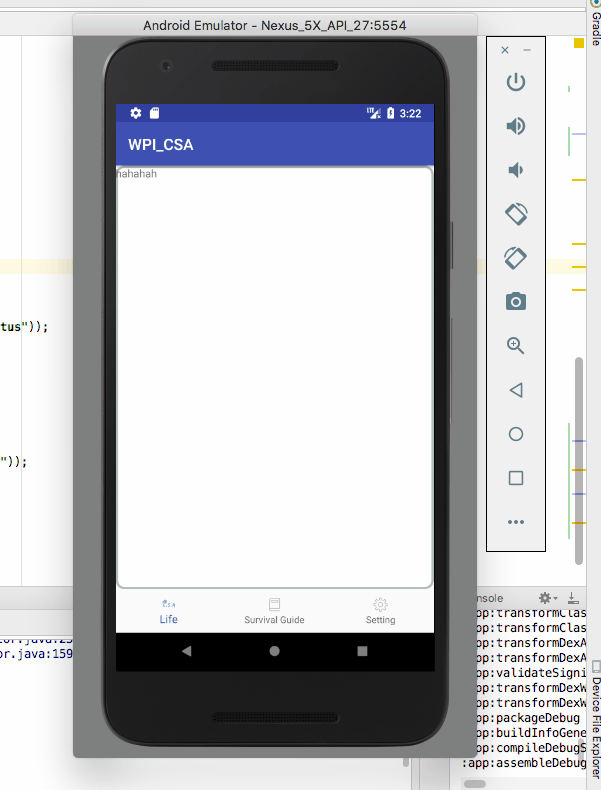I have a 2.67 GHz Celeron processor, and 1.21 GB of RAM on a x86 Windows XP Professional machine.
My Android Studio emulator experience was simply unusable even with an upgraded setup (Windows 10, AndroidStudio 3.5, Quadcore 3.2 Ghz, 32GB RAM and SSD drive). A lot of people have been facing this issue. Many solutions have been suggested but no. How to launch Android Emulator from Terminal. To see the the Android SDK location run this command. $ which adb Copy the path and run the command to display a list of emulators. Android Emulators are used a lot by gamers and android app developers for windows and mac. Here is the list of 10 best android emulators for PC in 2020 which are very popular. Best Android Emulators for PC. Run Android Apps and Games on Windows 7,8,8.1,10 and Mac Computer with the top-performing emulator listed below.
A slow Android Studio is a pain in the butt for an android developer. Developing an application with a slow IDE is not a cakewalk. It’s also annoying that when you are focusing on the logic building for your app, and you got a kick to work and at that time your android studio suddenly starts lagging.
My understanding is that the Android Emulator should start fairly quickly on such a machine, but for me it does not. I have followed all the instructions in setting up the IDE, SDKs, JDKs and such and have had some success in starting the emulator quickly, but that is very rare. How can I, if possible, fix this problem?
Even if it starts and loads the home screen, it is very sluggish. I have tried the Eclipse IDE in version 3.5 (Galileo) and 3.4 (Ganymede).

Android Development Tools (ADT) 9.0.0 (or later) has a feature that allows you to save state of the AVD (emulator), and you can start your emulator instantly. You have to enable this feature while creating a new AVD or you can just create it later by editing the AVD.
Also I have increased the Device RAM Size to 1024 which results in a very fast emulator.
Refer the given below screenshots for more information.
Creating a new AVD with the save snapshot feature.
Launching the emulator from the snapshot.
And for speeding up your emulator you can refer to Speed up your Android Emulator!:
IMPORTANT NOTE: Please first refer to the Intel list about VT to make sure your CPU supports Intel VT.
HAXM Speeds Up the Slow Android Emulator
HAXM stands for – “Intel Hardware Accelerated Execution Manager”
Currently it supports only Intel® VT (Intel Virtualization Technology).
The Android emulator is based on QEMU. The interface between QEMU and the HAXM driver on the host system is designed to be vendor-agnostic.
Steps for Configuring Your Android Development Environment for HAXM
Update Eclipse:
Make sure your Eclipse installation and the ADT plug-in are fully up-to-date.Update your Android Tools:
After each Eclipse plug-in update, it is important to update your Android SDK Tools. To do this, launch the Android SDK Manager and update all the Android SDK components. To take advantage of HAXM, you must be on at least release version 17.
- Download the x86 Atom System Images and the Intel Hardware Accelerated Execution Manager Driver. Follow the image below:
Install the HAXM Driver by running “IntelHaxm.exe”. It will be located in one of following locations:
C:Program
FilesAndroidandroid-sdkextrasintelHardware_Accelerated_Execution_ManagerC:Users<user>adt-bundle-windows-x86_64sdkextrasintelHardware_Accelerated_Execution_Manager
If the installer fails with the message that Intel VT must be turned on, you need to enable this in the BIOS. See the description for how to do this in Enabling Intel VT (Virtualization Technology) .

- Create a new x86 AVD: Follow the image below:
- Or as for new SDK,

Try Android x86. It’s much faster than the Google Android emulator. Follow these steps:
- Install VirtualBox.
- Download the ISO file that you need.
- Create a virtual machine as Linux 2.6/Other Linux, 512 MB RAM, HD 2 GB. Network: PCnet-Fast III, attached to NAT. You can also use a bridged adapter, but you need a DHCP server in your environment.
- Install Android x86 on the emulator, run it.
- Press Alt+F1, type
netcfg, remember the IP address, press Alt+F7. - Run cmd on your Windows XP system, change the directory to your Android tools directory, type
adb connect <virtual_machine_IP>. - Start Eclipse, open the ADT plugin, find the device, and enjoy!
UPDATE: The latest version of Android studio (2.x) made major improvements to the bundled emulator. It’s responsive and has a whole bunch of features.
For those still interested:
Try using Genymotion. You can download a version for Windows/Mac OS X/Linux after registering. A plugin for Eclipse is also available:
The installation of the plugin can be done by launching Eclipse and going to “Help / Install New Software” menu, then just add a new Update Site with the following URL: http://plugins.genymotion.com/eclipse. Follow the steps indicated by Eclipse.
This emulator is fast and responsive.
GenyMotion allow you to control various sensors of your device including the battery level, signal strength and GPS. The latest version now also contains camera tools.
The emulator included in your (old) version of Eclipse is very slow.
Recent emulators are faster than they use to be in 2010. Update your SDK/IDE.
Practically, I use a real phone to do my tests. It is faster and tests are more realistic. But if you want to test your application on a lot of different Android versions and don’t want to buy several phones, you will have to use the emulator from time to time.
The startup of the emulator is very slow. The good thing is that you only need to start the emulator once. If the emulator is already running and you run your app again, the emulator reinstalls the app relatively quickly. Of course, if you want to know how fast it will run on a phone, it is best to test it on a real phone.
Intel released recommended installation instructions for the ICS emulator on May 15, 2012. This worked for me. The emulator is now fast and the UI is smooth.
The first half of the instructions are detailed enough, so I will assume you were able to install the Intel x86 Atom System Image(s) using the Android SDK manager, as well as Intel HAXM.
Now to ensure that everything else is set up so you can enjoy a highly performing emulator:
And start it:
If HAXM is working properly, you may see this message when launching the emulator:
HAX is working and emulator runs in fast virt mode
Otherwise you may see this error:
HAX is not working and the emulator runs in emulation mode emulator:
Failed to open the hax module
Use GPU emulation. You cannot use the Snapshot option when using GPU emulation as of this writing. Ensure that GPU emulation is set to “yes”.
Set the device memory to 1024 MB or more, but not more than the Intel HAXM setting. I use 1024 MB per device and 2048 for HAXM.
Always double-check the settings after saving! The emulator is very picky about what it allows you to set, and it will revert configurations without telling you.
With these settings the software keyboard no longer appears, nor do the on-screen back, menu, and recent keys. This appears to be a limitation of the current ICS Intel x86 system image. You will need to use the keyboard shortcuts.
On Mac OS you will need to hold fn + control for the F1 – F12 keys to work. Page up/down/left/right can be performed using control + arrow keys.
You can create emulator.bat with following command to start the emulator. It will start faster.
Or on Unix (Mac or Linux flavors):
I’ve noticed that the emulator starts much faster if there’s no Dalvik Debug Monitor Server (DDMS) connected. So if you start the emulator from Virtual Device Manager “SDK Setup.exe” and Eclipse is not started, the emulator works faster.
If you start the emulator from Eclipse: DDMS is there, so sometimes the emulator is extremely slow, but sometimes it’s faster.
Emulators are slow. There’s really nothing you can do about it, but there are alternatives to the emulator.
To make your emulator faster, you can host a GPU and use a lighter Android version (Android 2.3 (Gingerbread)).
Developing on a Mac would be better. Why use an emulator, BTW? Using a real phone makes more sense.

As of Revision 17 of Android SDK Tools, the emulator can use graphic acceleration and CPU-provided extensions for better efficiency. The prerequisites and full configuration and user notes are at:
For enabling GPU aceleration, run the emulator from the command line or add “-gpu on” to the additional emulator command line options in the AVD configuration.
For using the CPU machine extensions, you have to install the driver (caution because it can conflict with existing VirtualBox or VMware drivers). Once it’s installed it will be used automatically whenever you use an x86-based AVD.

Android SDK rev. 17 supports Virtual Machine Acceleration using AMD and Intel virtualization technologies.
This feature can improve the emulator performance a lot!
See the following section in the Android emulator documentation for more details: Configuring Virtual Machine Acceleration
Don’t forget to install the appropriate driver for your operating system:
After you have installed the drivers and downloaded an Android X86 system image (as described in the documentation) you should be able to create a new AVD using the x86 image:
For example:
- Target: Intel Atom x86 System Image – API Level 10
- CPU/ABI: Intel Atom (x86)
Try to disable your antivirus. Maybe it will make emulator a little bit faster.
The emulator seems to slow itself down when idle. This is made apparent by rapidly mousing over the keys on the side and observing the light-up responses. As a workaround, I pass -icount auto to QEMU when starting the emulator. You can make a batch file called my_avd.bat to do it for you:
@my_avd— launch a virtual device named ‘my_avd’-no-boot-anim— disable animation for faster boot-qemu args...— pass arguments to qemu-icount [N|auto]— enable virtual instruction counter with 2^N clock ticks per instruction
This made animations buttery smooth and sped up adb install tenfold.
The option -cpu-delay <delay> described in Emulator Startup Options can help.
Android emulator release 9 has a new “snapshot” feature. You can save the state of the emulator (make an image of the emulator) and avoid booting when you start the emulator.
You can review the emulator issues on the Google I/O 2011: Android Development Tools talk, starting a 0:40:20.
The emulator runs slowly because the complete Android environment is running on emulated hardware and the instructions are executed on a emulated ARM processor as well.
The main choking point is rendering, since it’s not running on any dedicated hardware but it’s actually being performed through software rendering. Lowering the screen size will drastically improve emulator performance. Getting more/faster memory isn’t going to help.
They’ve mentioned, at the time, that they’re developing an interface that would allow the emulator to pipe certain instructions through the host hardware, so eventually you’ll be able to leverage emulator performances with the raw power of desktop hardware.
The current (May 2011) version of the emulator is slow particularly with Android 3.0 (Honeycomb) primarily because the emulator does not support hardware GL — this means that the GL code gets translated into software (ARM software, in fact) which then gets emulated in software in QEMU. This is crazy-slow. They’re working on this problem and have it partially solved, but not with any sort of release quality.
Check out the video Google I/O 2011: Android Development Tools to see it in action — jump to about 44 minutes.
A new option is the Visual Studio Emulator for Android–it’s fast, Hyper-V, x86, and free to download even without VS.
To add further information to this.
I have recently upgraded my Ubuntu installation to Ubuntu 10.04 LTS (Lucid Lynx) which in turn updated my Java version to:
And now the emulator (although takes a while to start) seems to be running faster than previously.
It might be worth people upgrading their JVM.
Here’s what I noticed nobody mentioned it at all.
Assign all available processors to the emulator
Here’s what you can try. It does speed up the emulator for me, especially during loading time. I noticed the emulator is only using a single core of the available CPU. I set it to use all available processors.
I’m using Windows 7.
Android Studio Emulator Download
When the Android emulator is starting, open up the Task Manager, look under the Process tab, look for “emulator-arm.exe” or “emulator-arm.exe *32″… Right click on it, select Processor Affinity and assign as much processor as you like to the emulator.
Try Genymotion for Android Studio. Blazing fast! Just needs one time installation. No more AVD pain.
Use the Intel x86 Emulator Accelerator
First, install the Intel x86 Emulator Accelerator (HAXM). This can be downloaded directly from Intel or using Android SDK Manager. In the SDK Manager it’s located under Extras.
In the version of Android Studio I used (0.8.9), Android SDK Manager downloads HAXM, but doesn’t actually run the installer (I assume this will be fixed in later releases). To run the installed I had to go to C:Program Files (x86)Androidandroid-studiosdkextrasintelHardware_Accelerated_Execution_Manager and manually launch intelhaxm.exe.
HAXM works with Intel devices, so created a new Emulator with Intel CPU.
Create a new AVD using Intel Atom x86
This improved things considerably, but the emulator was still feeling a bit sluggish. The final step was selecting Use Host GPU in Android Virtual Device Manager (AVD).
After these changes Android Emulator was launching in 5-10 seconds and running without any noticeable lag.
Be aware that these features are hardware dependent (CPU/GPU) and may not work on some systems.
Android emulator is dead slow. It takes 800MB memory while running.
If you are on Windows, You can use Microsoft Android Emulator. It is superb, provides you functionalities more than Android Studio Emulator. And most important it is fast ( consumes 13MB only).
It comes with Visual Studio 2015 Technical Preview. I am using it and happy with it. I downloaded and installed entire VS pack, I need to look how we can install VS Emulator only.
EDIT:
Try https://www.visualstudio.com/vs/msft-android-emulator/
Nox Player
After developing for a while, my emulator became brutally slow. I chose wipe user data, and it was much much better. I am guessing that it takes time to load up each APK file you’ve deployed.
Well, since somebody suggested Android x86 as an alterantive testing emulator, I’ll also present my favorite. This might not be an alternative for everyone, but for me it’s perfect!
Use the Bluestacks Player. It runs Android 2.3.4 and is very fluid and fast. Sometimes it is even faster than a normal device. The only downside is, that you can just test apps on the API Level 10 and just on one screen size, but it’s perfect just for testing if it’s working or not. Just connect the Player with the adb by running
After compiling, it installs instantly. It is very impressive, considering I have rather average computer hardware (dual core with 4 GB of RAM).
Android Studio Emulator Slow Mac Air
To reduce your emulator start-up time you need to check the “Disable Boot Animation” before starting the emulator. Refer to the Android documentation.
If in case you don’t know, you do not need to close the emulator every-time you run/debug your app. If you click run/debug when it’s already open, your APK file will get uploaded to the emulator and start pretty much immediately. Emulator takes annoyingly long time only when it started the first time.
Here are some tips to speed up the Android emulator: How to speed up the Android Emulator by up to 400%.
I had intermittent slow emulator (SDK v8.0) load times, up to three minutes on Intel Core i7 920 2.67 GHz CPU running on Xubuntu 10.04 VirtualBox 3.2.12 guest with Eclipse (3.6.1) loaded. I changed the VirtualBox guest memory from 1024 MB to 2048 MB and from that point on, I never experienced the slowness again (load times consistent at 33 seconds, CPU load consistent at 20%). Both Eclipse and the emulator are memory hogs.
I noticed that the my emulator (Eclipse plugin) was significantly slowed by my Nvidia graphics card anti-aliasing settings. Removing 2x anti aliasing from the graphics menu and changing it to application controlled made it more responsive. It is still slow, but better than it used to be.
The older Android versions run a lot faster. When I’m on my netbook, I use Android 1.5 (API level 3). There are a couple of drawbacks, though–your apps need to support the older platforms (obviously), and ndk-gdb requires running Android 2.2 (API level 8) or higher. But regularly testing apps against older platforms is a good idea anyway.
Archon Emulator
Tags: android